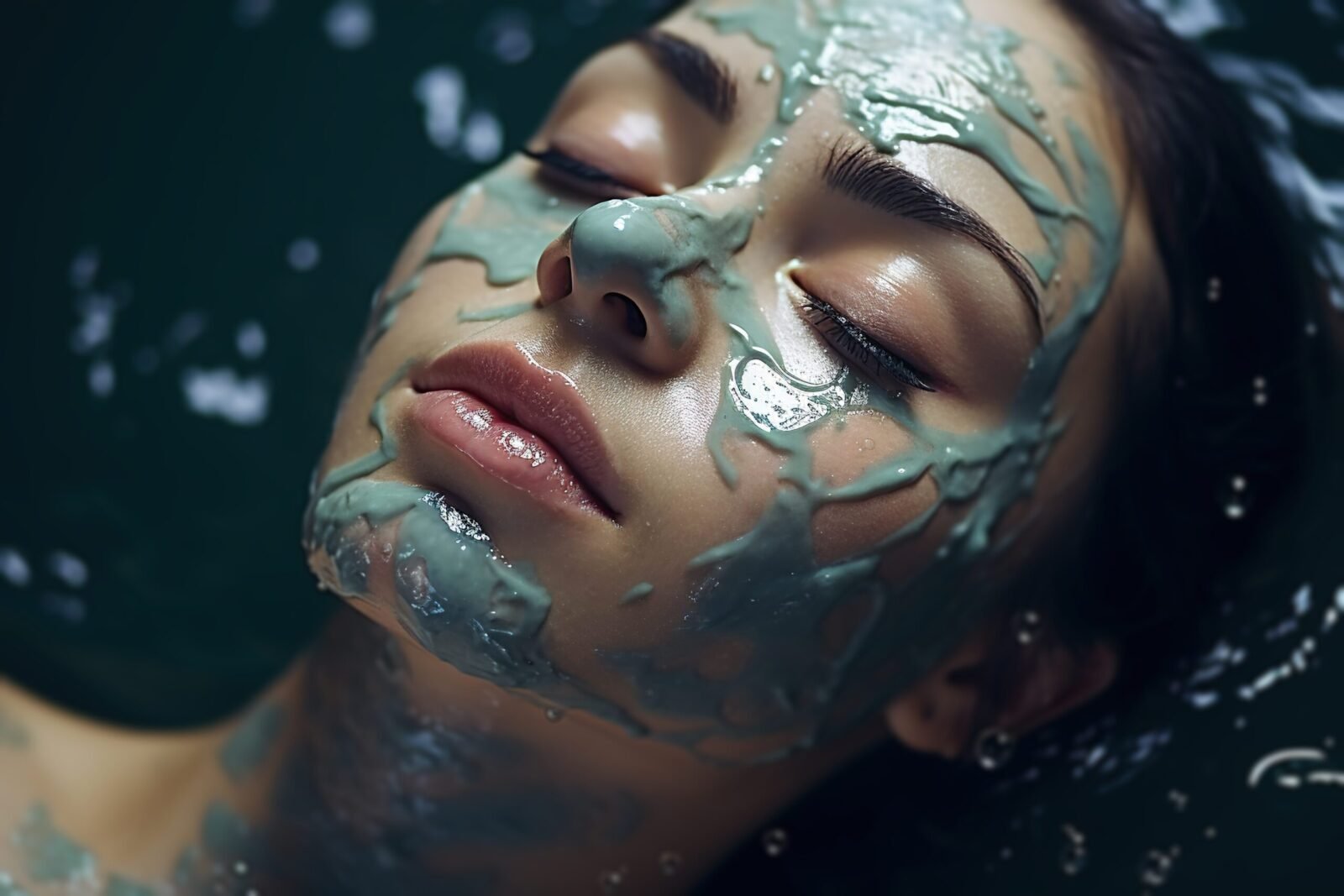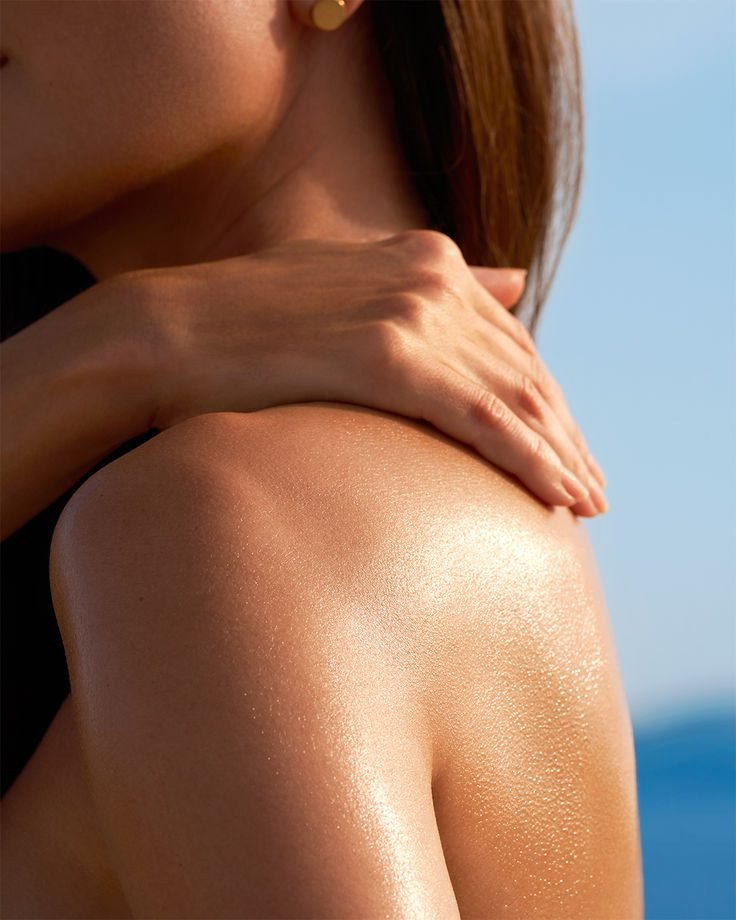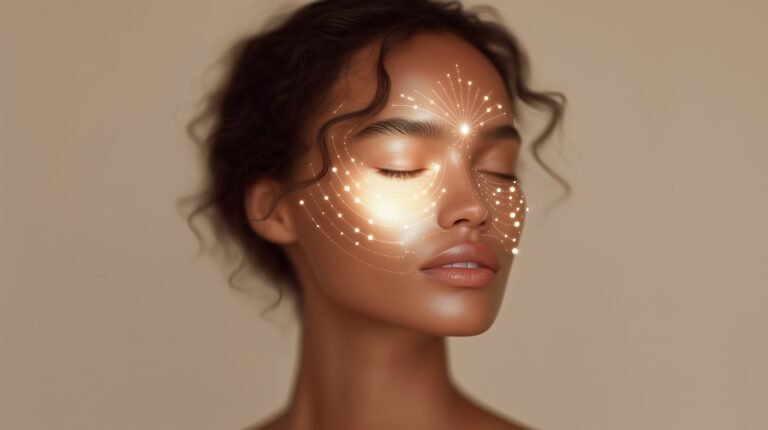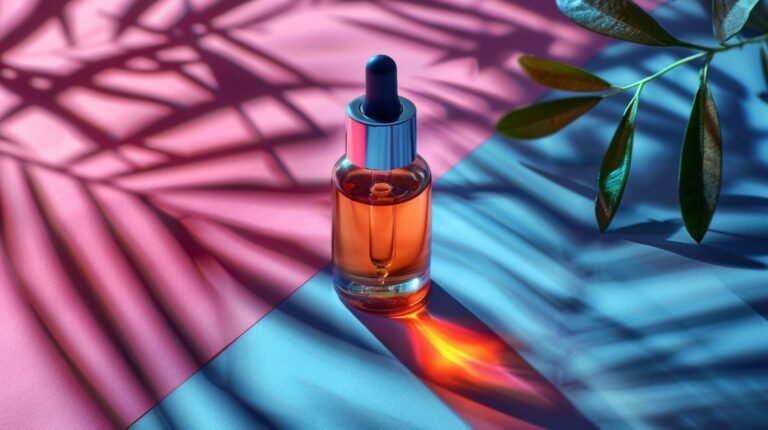Introduction
The cosmetic industry faces a critical transition: polymer-based encapsulation systems once used for controlled release are now under regulatory pressure due to the EU Microplastics Restriction (Regulation 2023/2055). This legislation prohibits non-biodegradable synthetic polymer particles smaller than five millimeters, including those used in exfoliants, glitters, and microcapsules. Consequently, formulators must redesign delivery systems to maintain performance while meeting sustainability and compliance goals. This article explains how to engineer microplastics-restriction-proof encapsulation systems using solid lipid nanoparticles (SLN), nanostructured lipid carriers (NLC), starch matrices, and biopolymer hybrids — without sacrificing stability or efficacy.
Scientific Background
Encapsulation and Its Role in Cosmetics
Encapsulation enables controlled delivery of active ingredients, shielding them from oxidation and degradation while improving penetration and bioavailability. Traditional polymeric microcapsules often relied on polyacrylates, polyurethane, or polyethylene particles for sustained release. However, under the new EU definition, these materials are classified as microplastics if they are insoluble and non-biodegradable. Therefore, even encapsulation systems invisible to the eye now require scientific proof of biodegradability.
Scope of the Microplastics Restriction
The EU restriction specifically targets intentionally added solid polymer particles that are:
- Smaller than 5 mm in any dimension
- Organic, insoluble, and resistant to degradation
- Added to products for specific functions such as encapsulation, film formation, or viscosity control
While liquid polymers and soluble gels may remain exempt, encapsulation systems that release particles into the environment must now demonstrate biodegradability according to OECD 301 testing. Consequently, chemists are shifting toward lipid- and polysaccharide-based carriers that degrade naturally.
Comparative Insights
Polymer-Based vs. Polymer-Free Encapsulation
Traditional polymer encapsulation provided excellent durability and controlled release, but lacked biodegradability. In contrast, new-generation systems such as Solid Lipid Nanoparticles (SLN), Nanostructured Lipid Carriers (NLC), starch capsules, and protein-lipid hybrids achieve similar control using fully degradable matrices. These systems rely on food-grade or naturally derived components — providing both regulatory safety and market appeal in the clean beauty sector.
Why Lipid Carriers Are Leading the Transition
SLN and NLC systems combine biocompatibility, controlled release, and stability without synthetic polymers. SLN consist of solid lipids that remain crystalline at room temperature, while NLC use a blend of solid and liquid lipids to enhance loading capacity. Both degrade through enzymatic hydrolysis, leaving no microplastic residue. Furthermore, their compatibility with hydrophobic actives — such as retinol, bakuchiol, and ceramides — makes them ideal replacements for polymeric spheres.
Performance Benchmarks
| System Type | Main Composition | Regulatory Status | Release Control | Environmental Profile |
|---|---|---|---|---|
| Polymer Microcapsules | Polyacrylates, PMMA, Polyurethane | Restricted (EU 2023/2055) | Excellent | Non-biodegradable |
| SLN | Stearic acid, glyceryl behenate | Compliant | Excellent | Biodegradable |
| NLC | Solid + liquid lipids | Compliant | Superior | Biodegradable |
| Starch Capsules | Modified or cross-linked starch | Compliant | Moderate | Fully biodegradable |
| Biopolymer Hybrids | Protein-polysaccharide conjugates | Compliant | High | Biodegradable |
Formulation Guide
1. Solid Lipid Nanoparticles (SLN)
SLN are composed of solid lipids such as glyceryl stearate, behenate, or cetyl palmitate, stabilized by mild surfactants. They offer excellent occlusion and sustained release of lipophilic actives. Preparation typically involves hot or cold high-pressure homogenization followed by cooling to crystallize the lipid matrix. When stored properly, SLN remain stable for over 12 months without polymer support.
2. Nanostructured Lipid Carriers (NLC)
NLC systems improve upon SLN by introducing a small fraction of liquid lipid, creating imperfect crystal structures that prevent active expulsion during storage. This structure increases payload capacity for sensitive ingredients such as Phyto PDRN and Plant Exosomes. NLCs also enable flexible rheology adjustment, allowing chemists to incorporate them into serums, gels, or emulsions without viscosity loss.
3. Starch-Based Microcapsules
Starch microcapsules offer a natural, low-cost alternative for water-dispersible actives. Cross-linked or modified starch forms a biodegradable shell that gradually dissolves on contact with water. These carriers are ideal for rinse-off applications such as exfoliants and cleansers where rapid release is acceptable. Furthermore, they align with “microbead-free” labeling requirements under EU and U.S. clean beauty guidelines.
4. Biopolymer and Protein-Lipid Hybrids
Biopolymer hybrids combine natural polymers such as alginate, chitosan, or soy protein with lipids to form stable encapsulation matrices. These systems can entrap both hydrophilic and hydrophobic actives while maintaining biodegradability. Recent developments in electrospray encapsulation and ionic gelation enable precise control over particle size and release kinetics, providing advanced options for formulators seeking polymer-free control systems.
Compliance, Safety, and Claims
Proving Microplastics-Free Compliance
To classify a product as “microplastics-restriction-proof,” chemists must provide documented evidence of biodegradability. The preferred approach is OECD 301 or ISO 14851 testing, demonstrating at least 60 % degradation within 28 days. Suppliers of lipid or starch systems should provide technical data sheets and biodegradation certificates to support claim substantiation. Keep all documents within the MoCRA Safety Dossier or EU Product Information File for audit readiness.
Compliant Claim Examples
- “Encapsulation system designed without synthetic polymers.” ✅
- “Microplastics-free and biodegradable delivery technology.” ✅
- “Eco-safe encapsulation with controlled release.” ✅
- “Plastic-free microcapsules that degrade naturally.” ✅
Avoid unverified marketing statements such as “100 % sustainable” or “environmentally harmless” unless supported by life-cycle analysis or biodegradation data. Transparent communication builds trust with both regulators and consumers.
Summary & Key Takeaways
Checklist for Microplastics-Restriction-Proof Encapsulation
- Eliminate synthetic, non-biodegradable polymer matrices.
- Adopt SLN, NLC, starch, or biopolymer encapsulation systems.
- Validate biodegradability using OECD 301 or ISO tests.
- Maintain performance through lipid phase optimization.
- Document all materials within regulatory dossiers.
Next Steps for Chemists
Reformulating for the EU microplastics restriction requires technical creativity and regulatory diligence. However, this shift offers an opportunity to embrace sustainable innovation through lipid and biopolymer technologies. To explore compliant delivery systems, visit the Delivery Systems Hub or browse SLN Systems and NLC Systems in our Product Center. For technical guidance or sample requests, contact our formulation specialists via the Sample Request form.
References
- Commission Regulation (EU) 2023/2055 – Microplastics Restriction
- EU Cosmetics Regulation (EC) No. 1223/2009
- Recent Advances in Biodegradable Encapsulation Systems for Cosmetic Applications, *Int. J. Cosmetic Sci.*, 2024







